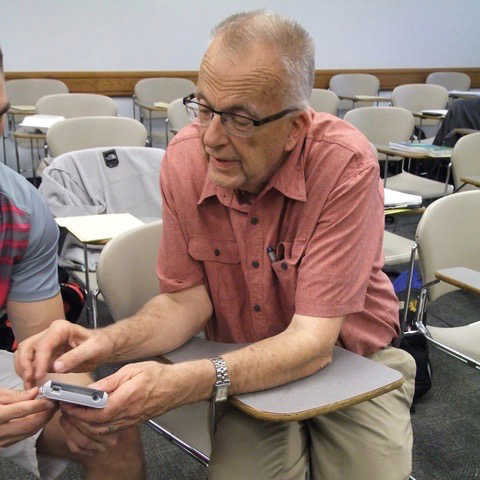
Henry Kranendonk (Marquette University)
Abstract
Why is a summary of a country’s age distribution important? What current decisions or events will impact a country’s age distribution in 2050? What if students had the ability to alter immigration, death, or birth rates? What if they were able to observe the changes in a population distribution as a result of a war or a pandemic?
An Excel file that implements a recursive model will be used to demonstrate how students investigated a country’s current population distribution and then altered factors that impact the future. High school and first year college students in algebra and statistics courses, along with students in a summer high school Upward Bound Program, investigated these questions as a they completed lessons comparing the shape, centers, and variability of Kenya, Japan, and the United States. Participants will rework the underlying factors in a similar way students participated in these investigations. How might the increasing or decreasing counts of age groups from a pandemic impact a country’s population? Will middle and younger age groups be able to support the growing older age groups? What current age groups will have a greater impact on a country’s future as they age?
This session will allow participants to alter assumptions of a country’s population based on past distributions. Participants will summarize their projection models by describing the impact on characters introduced through data stories. Along the way, participants will reflect on how these lessons resulted in opportunities for reluctant students to more meaningfully connect to a mathematics or statistics course.
